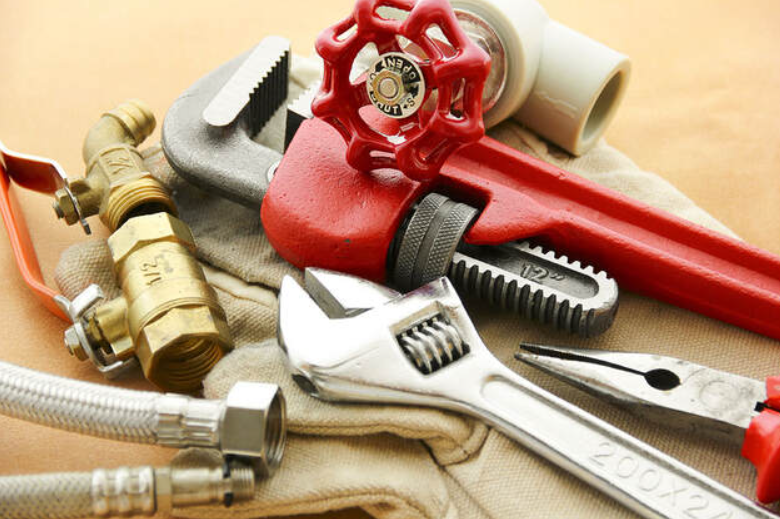Understanding the pipes in your home’s plumbing system is essential for homeowners to maintain their systems and troubleshoot issues. Here’s an overview of the different types of pipes commonly found in residential plumbing systems:
1. Supply Pipes:
a. Copper Pipes:
- Copper pipes are durable and resistant to corrosion, making them a popular choice for water supply lines.
- They come in two common types: rigid copper pipes, which are used for water supply lines, and flexible copper pipes, often used for short runs or in tight spaces.
- Copper pipes can be used for both hot and cold water lines.
b. PEX (Cross-Linked Polyethylene) Pipes:
- PEX pipes are flexible and easy to install, making them a popular choice for water supply lines in newer homes.
- They are color-coded (red for hot water, blue for cold water) for easy identification.
- PEX is known for its resistance to freezing and corrosion.
c. CPVC (Chlorinated Polyvinyl Chloride) Pipes:
- CPVC pipes are suitable for both hot and cold water supply lines.
- They are resistant to corrosion and chemical degradation.
- CPVC pipes are often used in regions with codes that allow for their use.
d. Galvanized Steel Pipes:
- Older homes may have galvanized steel pipes, which can corrode over time and may need replacement.
- Corrosion can lead to reduced water pressure and water quality issues.
2. Drainage Pipes:
a. PVC (Polyvinyl Chloride) Pipes:
- PVC pipes are commonly used for drain and waste lines in residential plumbing systems.
- They are lightweight, durable, and resistant to corrosion.
- PVC pipes are available in various sizes and are easy to work with.
b. ABS (Acrylonitrile Butadiene Styrene) Pipes:
- ABS pipes are another common choice for drain and waste lines.
- They are durable, resistant to chemicals, and suitable for indoor and outdoor use.
c. Cast Iron Pipes:
- Older homes may have cast iron drainage pipes, which are heavy and durable.
- Over time, cast iron pipes can corrode and may need replacement or relining.
3. Vent Pipes:
- Vent pipes allow air to enter the drainage system, preventing siphoning and maintaining proper water flow.
- These pipes also help vent harmful sewer gases and odors safely above your home.
- Vent pipes are typically made of the same materials as drainage pipes, such as PVC or ABS.
4. Materials for Natural Gas Lines:
- For homes with natural gas appliances, black steel or yellow polyethylene (PE) pipes are commonly used for gas supply lines.
- These pipes must be installed and maintained by licensed professionals to ensure safety.
5. Sewer Lines:
- Sewer lines are typically made of materials like PVC, ABS, or clay.
- Proper maintenance and inspections are essential to prevent blockages and backups.
Understanding the types of pipes in your home’s plumbing system helps you identify potential issues, perform basic maintenance, and communicate effectively with plumbers when repairs or upgrades are necessary. If you’re unsure about any aspect of your plumbing system, it’s advisable to consult a licensed plumber for guidance and assistance. For major installations or repairs, it’s advisable to consult with a licensed plumbing supply san Francisco to ensure safety, compliance with local regulations, and the longevity of your plumbing system.

